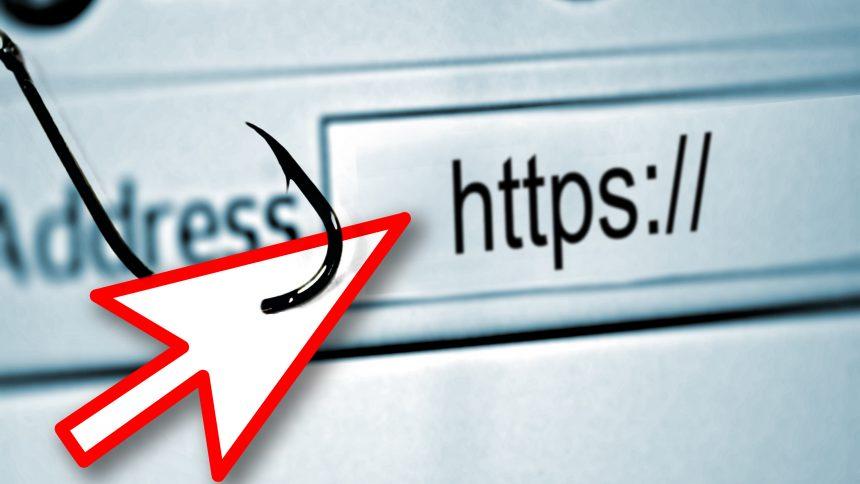The internet landscape is rife with various cyber threats, and one of the latest to emerge is the Proboscidea malicious extension. This insidious software infiltrates web browsers, wielding the power to manipulate settings, access sensitive data, and control other extensions and themes. Understanding the modus operandi of Proboscidea is crucial for users to safeguard their online privacy and security.
Proboscidea in Detail
Proboscidea operates by exploiting the “Managed by your organization” feature present in browsers like Chrome and Edge. By activating this feature, it gains centralized control over browser settings, allowing it to collect data, alter configurations, and restrict user access to certain websites. This capability poses a significant risk as it can lead to unauthorized access to sensitive information entered by users online, such as login credentials and financial details.
Moreover, Proboscidea exhibits the ability to manipulate website content, inserting malicious scripts or ads, and altering the appearance of genuine content to deceive users. This behavior not only compromises user experience but also exposes them to further security risks.
Furthermore, Proboscidea can control themes and extensions within the affected browser. By manipulating themes, it can modify the visual layout of the browser interface, potentially masking its presence or making it more challenging for users to detect malicious activities. Additionally, it can add, enable, disable, or remove other extensions, further complicating the situation for users.
Detection names for Proboscidea include Avast’s “Other:Malware-gen [Trj],” Combo Cleaner’s “Trojan.Generic.34739823,” ESET-NOD32’s “Win32/DragonBossSolutions.B Potentially Unwanted,” and Kaspersky’s “Not-a-virus:HEUR:AdWare.Win32.WebCompanion.gen,” among others. Similar threats include CastoroidesOhioensis, MosasaurusHoffmannii, and SorbusAucuparia.
Removal Guide
Removing Proboscidea and similar malicious extensions requires thorough steps to ensure complete eradication of the threat. Follow these steps:
- Access Browser Settings: Open your affected browser (Chrome or Edge).
- Navigate to Extensions: In Chrome, click on the three dots in the top-right corner, then select “More tools” > “Extensions.” In Edge, click on the three dots and choose “Extensions.”
- Identify Proboscidea: Look for any suspicious extensions, including Proboscidea or any unfamiliar ones.
- Remove Suspicious Extensions: Click on the trash bin icon next to Proboscidea or the suspicious extension to remove it.
- Reset Browser Settings: To ensure complete removal, reset your browser settings to default. In Chrome, go to “Settings” > “Advanced” > “Reset and clean up” > “Restore settings to their original defaults.” In Edge, navigate to “Settings” > “Reset settings.”
- Scan for Malware: Use reputable antivirus software to perform a full system scan to detect and remove any remaining malware.
- Stay Vigilant: Regularly monitor your browser for any unusual behavior and be cautious when installing new extensions or downloading software from the internet.
Best Practices for Prevention
To prevent future infections and protect against similar threats, consider implementing the following best practices:
- Exercise caution when browsing the internet and avoid visiting dubious websites.
- Be wary of pop-up ads and avoid clicking on suspicious links.
- Keep your browser and operating system up to date with the latest security patches.
- Install reputable antivirus software and regularly update its virus definitions.
- Only download software from official sources and avoid pirated or cracked software.
- Educate yourself and your users about common cyber threats and how to recognize them.
By following these guidelines and remaining vigilant, users can mitigate the risks posed by Proboscidea and other malicious extensions, safeguarding their online privacy and security.





